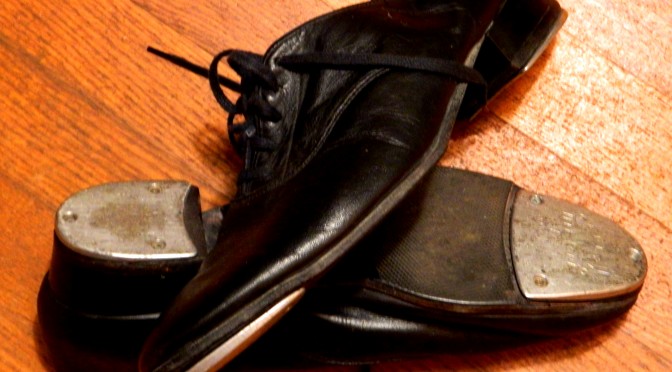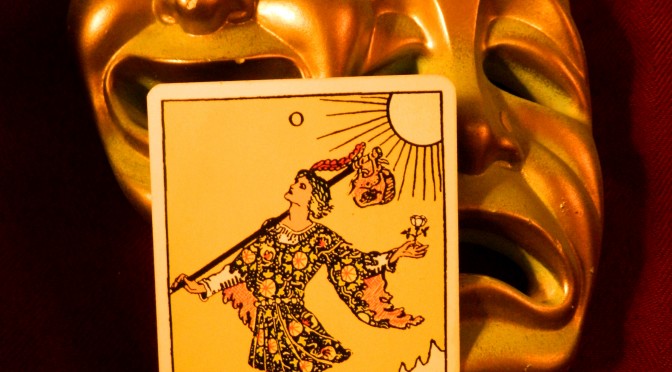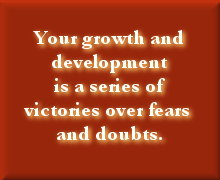Show business is a collaborative effort always. And any part being out of balance or off kilter can — and will — affect the end product, even to the point of ruining what in other circumstances may have turned out brilliantly. That’s a great part of the fun and excitement of mounting a production: the risk. And also what often makes it (apart from the loss of large sums of money) such a heartbreaker. The 19th century American poet John Greenleaf Whittier wrote “Of all sad words of tongue and pen, the saddest are these, ‘It might have been.’ ” Anyone who’s ever trod the boards or otherwise been associated with the production of a show knows exactly those feelings.
Perhaps the risks are highest in musical theatre, where nowadays the costs are so astronomical, but also because of the need to add the extra elements of song and dance to an already dicey task of creating something that in roughly two hours is going to entertain and perhaps shed light on some aspect of the human condition. Good luck to ya!
For every time it succeeds, heaven only knows how many times it doesn’t, often with all the grace and charm of a belly flop.
But sometimes . . . sometimes … something happens and it works. It would be too easy to just chalk it all up to stardust. Have you ever really analyzed why it works in those glorious cases when it does?
I recently read some insightful words by author James Leve, who is a musicologist and professor at Northern Arizona University, about the collaboration between the late lyricist Fred Ebb and composer John Kander, one of the most successful and prolific teams in the history of musical theatre. Kander and Ebb’s work includes Cabaret (probably their greatest commercial success); Chicago; and New York, New York.
Leve provides an excellent analysis of what makes a Kander and Ebb song — and their collaboration — work:
“Kander and Ebb’s portfolio of songs includes recurring harmonic progressions and exhibits preferences for certain stanzaic structures, but what best defines their voice is the contradictory nature of their collaboration: the composer and lyricist have strikingly different artistic temperaments, the former demonstrably sentimental and lyrical, the latter campy and cynical. Their collaboration is a perfect balancing act. . . . The palpable tension between the opposing qualities that each embodies produces the dramatic energy underlying their scores. In “Maybe This Time” [from the film version of Cabaret], for instance, the melody striving to go higher and higher and the forward momentum of the harmonic progression force the singer to deny the possibility of failure even though the lyric and physical exertion required to sing the song create a sense of desperation.”
Nicely said.
I’ll add to Leve’s astute observations by including three video clips of Kander and Ebb songs from Flora, the Red Menace (Broadway, 1965); the film version of their Broadway musical Cabaret (1972); and the 1977 film New York, New York (all starring singer/actress Liza Minnelli). These beautifully exemplify what Leve is saying and further show the perfect marriage of a singer/artist/interpreter with composer and lyricist. Minnelli has the chops to perform the physically and technically demanding material while embodying the optimism, vulnerability, urgency, and pathos that are the hallmarks of Kander and Ebb’s works. What a great team the three of them made! Minnelli’s greatest artistic achievements have arguably always been in association with them.
In the case of Cabaret, the addition of director and choreographer Bob Fosse’s cynicism, sense of rhythm and movement, visual eye, and ability to synthesize all the clashing high energies of Kander, Ebb, and Minnelli with a knowledge of the possibilities and limitations of film made for artistic achievement of the highest order. That sense of “desperation” Leve references is always there: sometimes in your face, sometimes lurking just beneath the surface and in counterpoint to what the melody, itself, or the situation is saying. In Cabaret, Kander, Ebb, Minnelli, and Fosse, all come across as being at the top of their abilities. Without any of them, I think that film would never have worked at all. High command of craft makes the components; the tensions and the mergers make the art.
Have a look and a listen and see what I mean. Sometimes it works.




